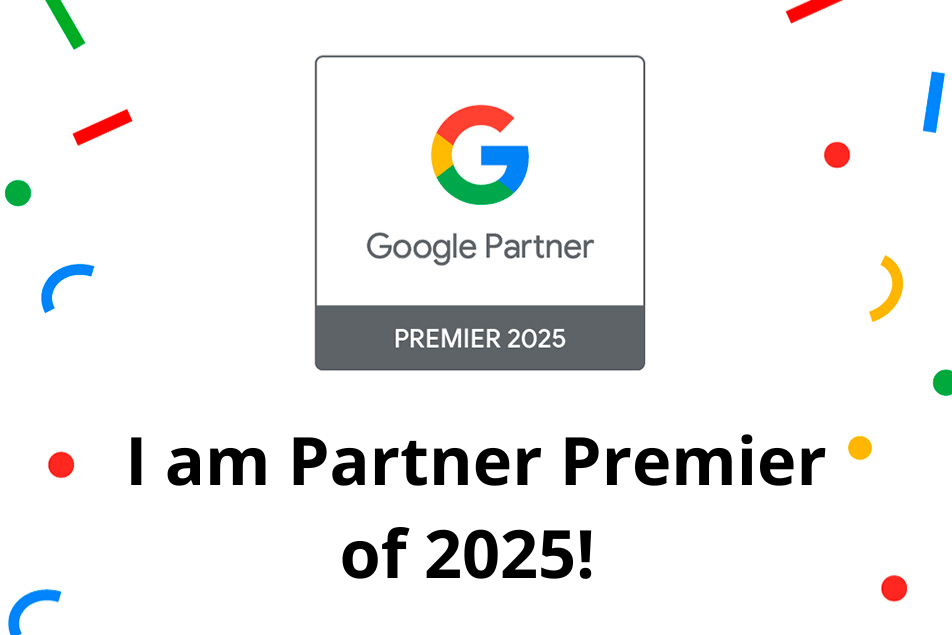
Redegal, Google Partner Premier agency 2025
RDG 7.90 €
With the arrival of AI, acronyms like AEO, GEO, and LLMO have emerged, raising questions about the future of SEO. In this post, we explain what this evolution means and how to adapt your strategy so that search engines and AI continue to find you and give you visibility.

The digital marketing world is in constant turmoil, and the rise of generative artificial intelligence has caused a new earthquake in one of its most established disciplines: SEO. Suddenly, a host of acronyms have emerged that are hard to decipher: GEO, LLMO, AEO, AIO, ASO, OXO, SEV … Does this mean SEO is dead or has it changed its name?
No, the reality is that SEO is evolving due to the emergence of AI. In other words, the foundations remain the same, but the playing field has expanded. You’ll only see changes in your brand if you weren’t doing well before, because creating useful content, optimising semantics, and offering a good user experience (UX) are the keys to success.
Below, we’ll show you the meaning of these “new names in SEO” and how to work with each one to keep your brand visible in search engines and drive organic traffic. Stay tuned to understand what AEO, GEO, and LLMO are, and how to apply them to your business.
If you’re confused by so many acronyms, don’t worry. Here’s a quick dictionary to help you navigate the new SEO terminology in the age of artificial intelligence.
At Redegal, we’re clear: SEO has changed, but not in name . Although new terms are emerging and sectors of the profession are trying to create a new concept to differentiate themselves, the key practices and fundamental pillars of SEO remain the same. Therefore, it’s unnecessary for it to change its name.
We’re talking about an adaptation, a broadening of perspectives. The ultimate goal hasn’t changed; it remains to achieve the maximum possible organic visibility for our clients. What has changed is the “where” and “how” to achieve that visibility.If you want a winning SEO strategy focused on the classic pillars of SEO that will position you in search engines and AI, contact our team.
Not exactly. It’s not about creating a discipline from scratch, but rather integrating these new optimisations into the existing SEO strategy. A good team of SEO professionals today must understand how LLMs work and how to structure content to be a reliable source for them, but this doesn’t negate the need to continue understanding and interpreting search intent, generate quality content, provide a positive user experience, and work on brand authority.
For example, Google itself continues to refer to traditional SEO search guidelines and offers no specific details on how to appear in Ai Overviews results.
The rise of artificial intelligence has redefined SEO priorities. It’s no longer enough to attract clicks. The goal has now expanded to become a reliable source of information for new algorithms. Key changes include:
The focus is not on repeating a term a certain number of times, but on demonstrating deep authority and knowledge on a subject.
GPT Chat , Gemini, Copilot, Gemini… are gaining ground because they offer direct, natural-language answers. This means people no longer have to scroll through multiple links to find the information they need. They also no longer need to perform generic searches to find answers to more specific questions.
Trust is the new currency. Demonstrating expertise, knowledge, authority, and trustworthiness (EAT) has gone from being a recommendation to a prerequisite for AI to consider your content. Success is no longer measured solely by organic ranking, but by appearing as a trusted source in AI-generated answers, which have become a new traffic channel.
Content must be perfectly structured. Using structured data (schema), clear headings, and concise formats is vital for bots to analyse your information as efficiently as possible and present it to users appropriately.
AI-generated answers are being incorporated at the top of traditional SERPs. For example, Google’s AI-powered Overviews offers personalised, contextual summaries that displace links and can reduce organic traffic to your brand’s website.
The rise of AI isn’t a threat to SEO , but rather an opportunity for those who know how to adapt. Here are some tips to help you prepare your strategy:
Ultimately, SEO hasn’t been replaced. It’s been enriched. Understanding AEO, GEO, and LLMO is key to understanding where the industry is headed, but the foundation remains the same: meeting users’ search intent.
At Redegal, we use AI strategically so that your digital presence not only adapts to the future, but also leads it. Our SEO team develops strategies to make your brand a part of AI. Shall we talk?
You may be interested in our latest posts

Redegal, Google Partner Premier agency 2025

New browser: Chat GPT Atlas. Will it dethrone Google Chrome? Spoiler: No

Google AI Mode: What it is, how to use it effectively, and how your traffic will be measured

Why your website speed matters and how to make it faster?
Discover the best digital strategies for your brand
Hi!
We are looking forward to hearing more about your digital business.
Tell us... What do you need?
Fill in the form or call us at (+44) 2037691249